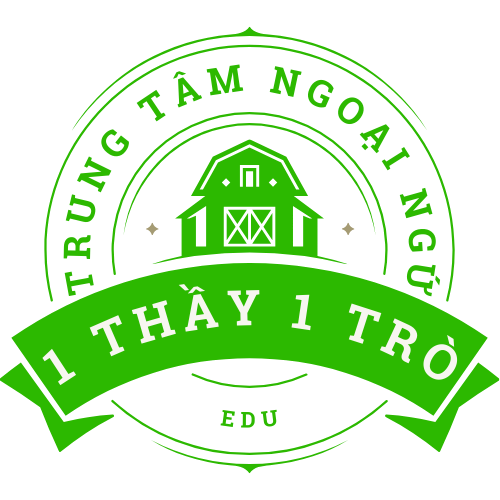American motorcycle culture symbolizes an intricate blend of nonconformity and brotherhood, stemming from mid-20th century transformations. Transitioning from military service to civilian roadways, steel horses transformed into vehicles of personal freedom, bearing simultaneously rebellious ethos and mainstream commercial appeal[5][10][17].
## Historical Foundations https://usabikers.net/
### Post-War Origins
Contemporary motorcycle culture emerged during the reintegration challenges faced by demobilized soldiers. Military personnel familiar with the brotherhood of combat pursued alternative communities, leading to proto-biker associations including the Boozefighters and Pissed Off Bastards of Bloomington[5][13][17]. Post-war mechanical steeds, which demonstrated reliability, transitioned from war machines to cultural symbols, fostering century-spanning consumer devotion[5][11].
The pivotal 1947 Hollister incident catapulted rider culture into public discourse, as 4,000 riders descended upon the small California town, culminating with urban chaos and police intervention. This event cemented the outlaw biker stereotype within media narratives, despite the majority constituting AMA-sanctioned competitors[10][13][17].
## Influential Biker Groups
### Outlaw Clubs vs. Sanctioned Associations
Established in 1924 originally functioned as the regulatory authority over competitive racing and touring events. Yet, its early exclusionary policies—prohibiting non-white participants for decades—ignited the rise of independent clubs that rejected traditional hierarchies[11][13].
Major renegade rider organizations emerged as central figures in this counterculture:
1. The iconic winged-skull organization[2][3][10]
2. Outlaws MC[3][10][13]
3. East Coast secretive brotherhood[8][10]
4. Bandidos MC[3][10]
These collectives operate through formalized leadership roles including presidents, sergeants-at-arms, and road captains, while clubhouses often serving as security-enhanced meeting spaces[10][13]. Although media portrayals of lawlessness, many chapters participate actively in philanthropic efforts such as toy runs and disaster relief[8][10][15].
## Cultural Impact and Evolution
### From Silver Screen to Fashion Runways
The motorcycle rider image permeates American popular culture, from Marlon Brando’s iconic 1953 performance through modern reality TV franchises. This cultural permeation appears through:
– Apparel styles: Leather jackets, bandanas, and riding boots marketed through brands like Biker Life USA and Bikers Lifestyle[4][12]
– Soundtrack associations: From punk rock to heavy metal adopting motorcycle-inspired visuals
– Written narratives: Journalistic exposes and fictionalized accounts[1][6]
Recent sociological analyses emphasize the paradoxical duality of modern biker culture: both rejecting mainstream values while being heavily commercialized through brand partnerships like Harley-Davidson’s apparel lines[1][7][12].
## Modern Dynamics and Complex Issues
### Current Trends and Future Directions
Annual rider gatherings continues as a cornerstone of US motorcycling tradition, featuring this year’s premier events including:
– The 84th annual coastal gathering[7][15]
– Sturgis Motorcycle Rally (South Dakota)[7][15]
– Southwestern desert meetup[7]
Emerging trends reconfigure rider demographics:
– Increasing female participation through groups like Women in the Wind
– Technological integration through online coordination platforms[7][15]
– Eco-friendly initiatives promoting electric motorcycle adoption[15][17]
Legal and ethical debates persist, particularly regarding:
– Outlaw club violence versus policing approaches[10][13][17]
– Ethical corporate partnerships amid gambling industry ties[8][17]
– Cultural appropriation concerns regarding biker imagery in mainstream fashion[4][12]
## Conclusion
American biker culture occupies a pivotal juncture, balancing its nonconformist roots against modern corporate influences. While contemporary riders embrace technological advancements and virtual networks, the core ethos regarding liberty and camaraderie persists—manifesting in diverse demographics and evolving social norms. Future developments may involve greater legal oversight and continued cultural relevance, ensuring the perpetual role of two-wheeled culture in America’s social fabric[5][10][17].
